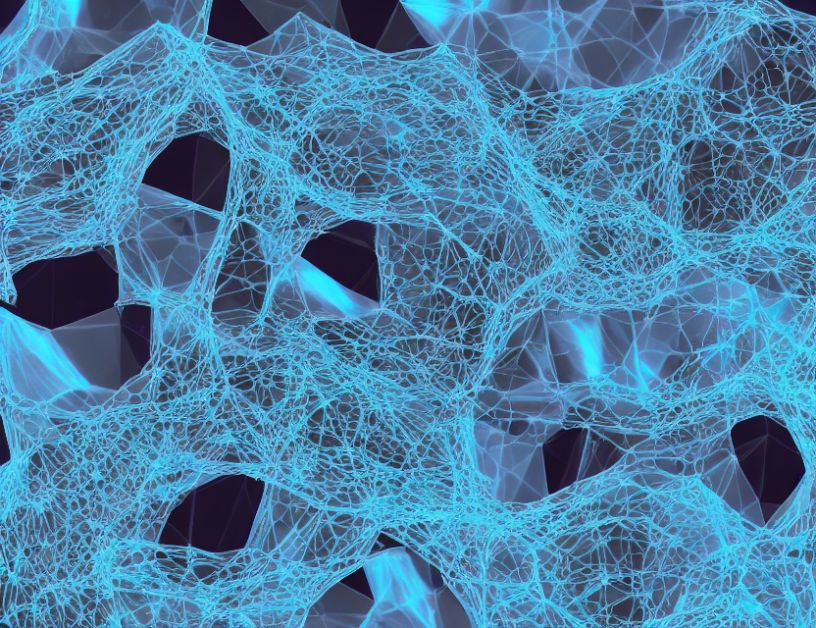In this paper, the authors propose a new technique called "deep cascade" to improve the quality of brain magnetic resonance imaging (MRI) reconstruction. The authors aim to address two major challenges in MRI reconstruction: artifacts and limited resolution.
Artifacts are like unwanted guests at a party – they can ruin the fun and make it difficult to enjoy the occasion. Similarly, artifacts in MRI images can obscure important details and make it hard to interpret the results. The authors propose using deep learning algorithms to identify and remove these artifacts, resulting in more accurate and detailed images.
Limited resolution is like trying to read a book with a magnifying glass – it’s difficult to see the details without enough zoom. In MRI, limited resolution can make it challenging to analyze the brain at different scales, from individual neurons to entire brain regions. The authors’ deep cascade technique allows for efficient and scalable analysis of the brain at multiple scales, providing a more complete picture of brain structure and function.
To achieve these goals, the authors use a combination of techniques, including:
- Dense residual connections: These are like mental rubber bands that help connect different parts of the network, allowing it to capture complex patterns in the data.
- Exponentially growing receptive fields: This is like gradually zooming in on a scene – by increasing the field of view, the network can capture more context and details.
- Closed-form expression for sequential layers: These are like mathematical formulas that allow the network to efficiently calculate the output for each layer, without sacrificing accuracy.
By combining these techniques, the authors’ deep cascade model achieves state-of-the-art performance in brain MRI reconstruction while being more efficient than other approaches. In summary, the paper presents a powerful technique for improving brain MRI reconstruction, which can help researchers gain a deeper understanding of the brain and its functions.



